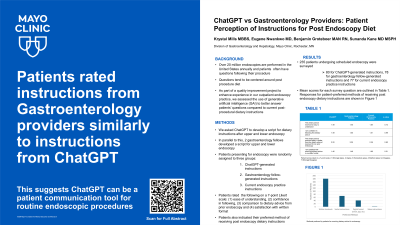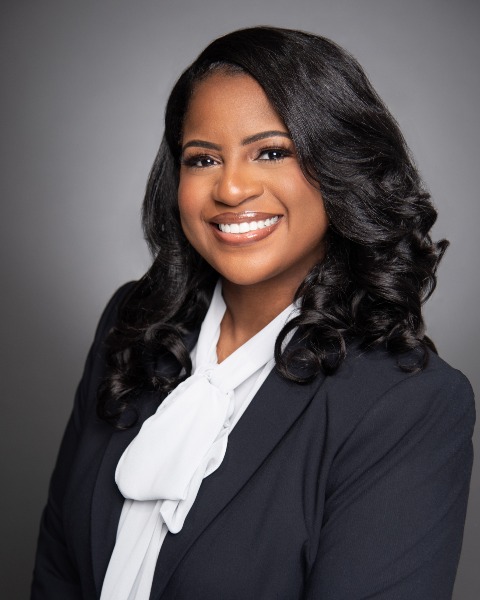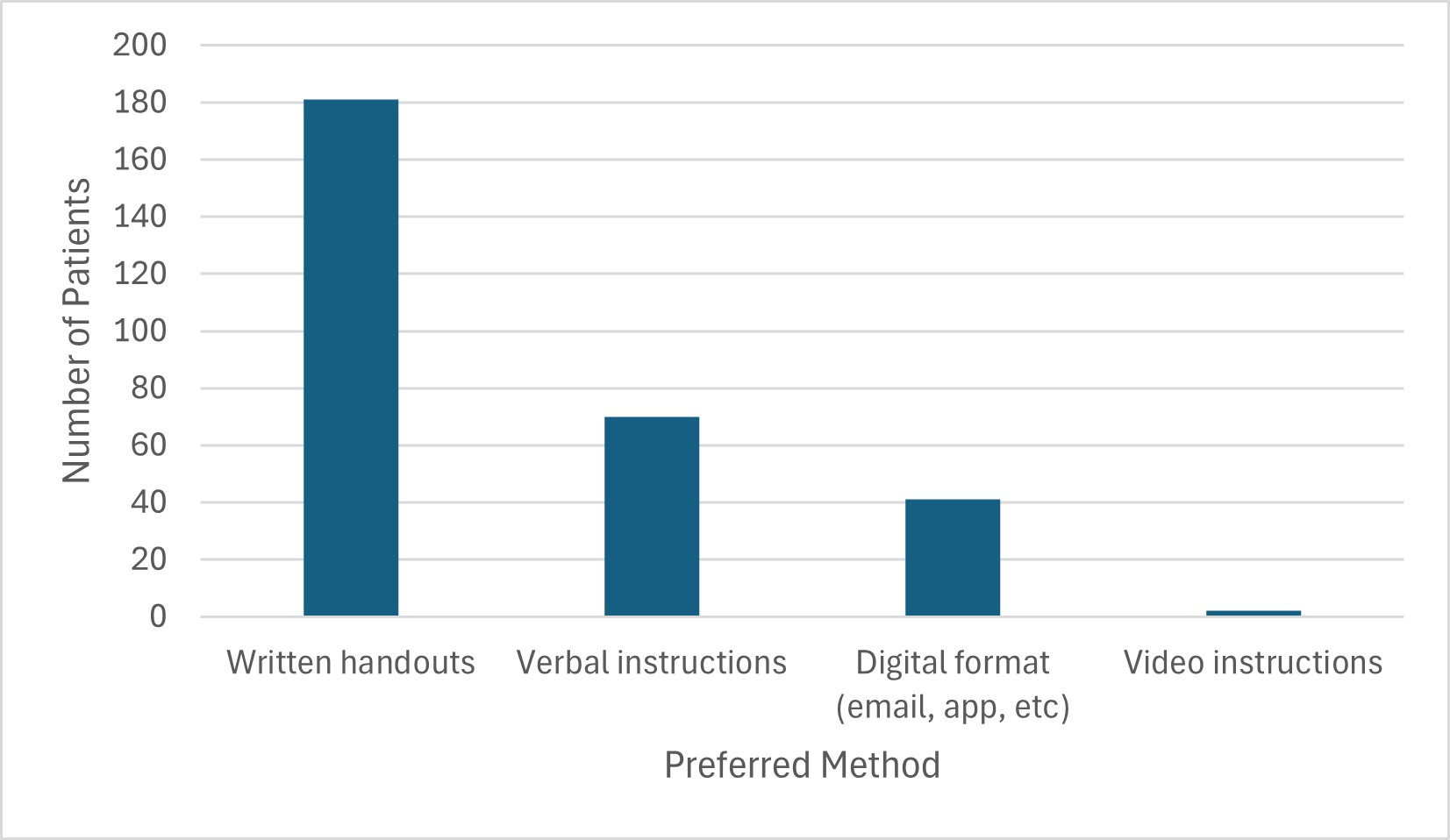Tuesday Poster Session
Category: Practice Management
P4916 - Chat GPT vs Gastroenterology Providers: Patient Perception of Instructions for Post Endoscopy Diet
Tuesday, October 29, 2024
10:30 AM - 4:00 PM ET
Location: Exhibit Hall E

Has Audio

Krystal Mills, MBBS
Mayo Clinic
Rochester, MN
Presenting Author(s)
Krystal Mills, MBBS, Eugene Nwankwo, MD, Benjamin Groteboer, RN, Sunanda V. Kane, MD, MSPH
Mayo Clinic, Rochester, MN
Introduction: Over 20 million endoscopies are performed in the United States annually and patients often have questions following their procedure. Questions tend to be centered around post procedure diet. As part of a quality improvement project to enhance experience in our endoscopy practice, we were interested to see if the use of generative artificial intelligence (GAI) would be a useful tool to better answer patients’ questions compared to current instructions.
Methods: We asked ChatGPT to develop a script for dietary instructions after upper and lower endoscopy. In parallel to this, gastroenterology fellows developed a script for upper and lower endoscopy. Patients presenting for endoscopy were randomly assigned to three groups: 1) ChatGPT-generated instructions, 2) gastroenterology fellow-generated instructions and 3) current endoscopy practice instructions. Patients rated questions for the following on a 7-point Likert scale: (1) ease of understanding, (2) confidence in following, (3) comparison to dietary advice from prior endoscopy and (4) satisfaction with written format. Patients were also asked to indicate their preferred method of receiving post endoscopy dietary instructions.
Results: A total of 235 patients undergoing scheduled endoscopy were surveyed over the course of one week. There were 80 in the group for ChatGPT-generated instructions, 78 in the group for gastroenterology fellow-generated instructions and 77 in the group for current endoscopy practice instructions. Mean scores for each survey question are outlined in Table 1. Responses for patient-preferred methods of receiving post endoscopy dietary instructions are shown in Figure 1.
Discussion: For post endoscopy diet, patients rated the instructions generated by gastroenterology providers (fellows and the endoscopy practice) similarly to instructions generated by ChatGPT in ease of understanding, confidence in following, comparison to dietary advice from prior endoscopy and satisfaction. Written handout was the method most preferred by patients for receiving dietary instructions. Results of this project suggest that ChatGPT can be used as a patient communication tool for routine endoscopic procedures.

Note: The table for this abstract can be viewed in the ePoster Gallery section of the ACG 2024 ePoster Site or in The American Journal of Gastroenterology's abstract supplement issue, both of which will be available starting October 27, 2024.
Disclosures:
Krystal Mills, MBBS, Eugene Nwankwo, MD, Benjamin Groteboer, RN, Sunanda V. Kane, MD, MSPH. P4916 - Chat GPT vs Gastroenterology Providers: Patient Perception of Instructions for Post Endoscopy Diet, ACG 2024 Annual Scientific Meeting Abstracts. Philadelphia, PA: American College of Gastroenterology.
Mayo Clinic, Rochester, MN
Introduction: Over 20 million endoscopies are performed in the United States annually and patients often have questions following their procedure. Questions tend to be centered around post procedure diet. As part of a quality improvement project to enhance experience in our endoscopy practice, we were interested to see if the use of generative artificial intelligence (GAI) would be a useful tool to better answer patients’ questions compared to current instructions.
Methods: We asked ChatGPT to develop a script for dietary instructions after upper and lower endoscopy. In parallel to this, gastroenterology fellows developed a script for upper and lower endoscopy. Patients presenting for endoscopy were randomly assigned to three groups: 1) ChatGPT-generated instructions, 2) gastroenterology fellow-generated instructions and 3) current endoscopy practice instructions. Patients rated questions for the following on a 7-point Likert scale: (1) ease of understanding, (2) confidence in following, (3) comparison to dietary advice from prior endoscopy and (4) satisfaction with written format. Patients were also asked to indicate their preferred method of receiving post endoscopy dietary instructions.
Results: A total of 235 patients undergoing scheduled endoscopy were surveyed over the course of one week. There were 80 in the group for ChatGPT-generated instructions, 78 in the group for gastroenterology fellow-generated instructions and 77 in the group for current endoscopy practice instructions. Mean scores for each survey question are outlined in Table 1. Responses for patient-preferred methods of receiving post endoscopy dietary instructions are shown in Figure 1.
Discussion: For post endoscopy diet, patients rated the instructions generated by gastroenterology providers (fellows and the endoscopy practice) similarly to instructions generated by ChatGPT in ease of understanding, confidence in following, comparison to dietary advice from prior endoscopy and satisfaction. Written handout was the method most preferred by patients for receiving dietary instructions. Results of this project suggest that ChatGPT can be used as a patient communication tool for routine endoscopic procedures.

Figure: Figure 1. Methods preferred by patients for receiving dietary advice for endoscopy
Note: The table for this abstract can be viewed in the ePoster Gallery section of the ACG 2024 ePoster Site or in The American Journal of Gastroenterology's abstract supplement issue, both of which will be available starting October 27, 2024.
Disclosures:
Krystal Mills indicated no relevant financial relationships.
Eugene Nwankwo indicated no relevant financial relationships.
Benjamin Groteboer indicated no relevant financial relationships.
Sunanda Kane: Janssen – Advisory Committee/Board Member.
Krystal Mills, MBBS, Eugene Nwankwo, MD, Benjamin Groteboer, RN, Sunanda V. Kane, MD, MSPH. P4916 - Chat GPT vs Gastroenterology Providers: Patient Perception of Instructions for Post Endoscopy Diet, ACG 2024 Annual Scientific Meeting Abstracts. Philadelphia, PA: American College of Gastroenterology.
